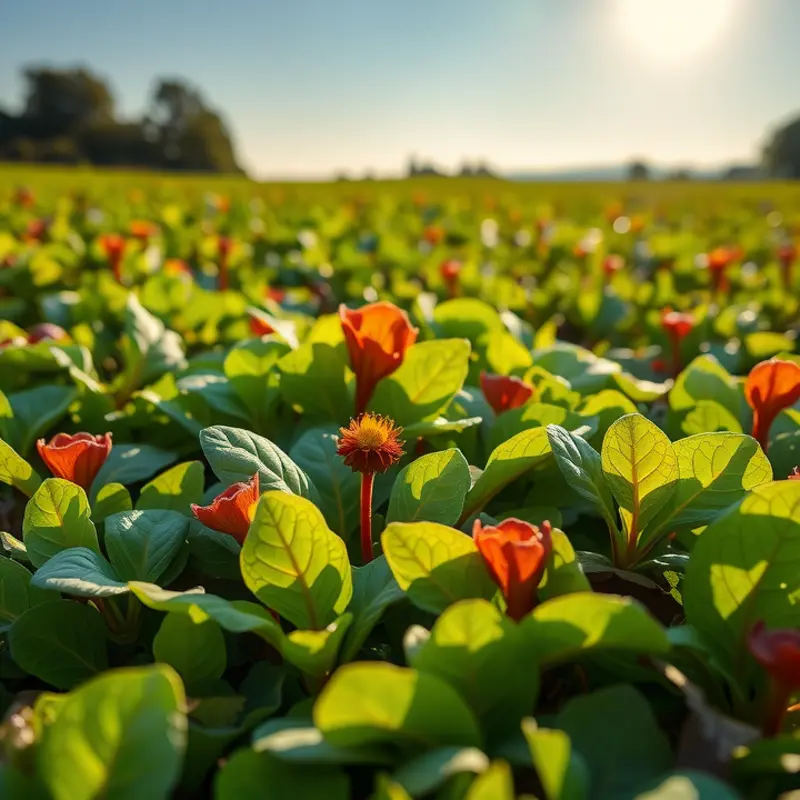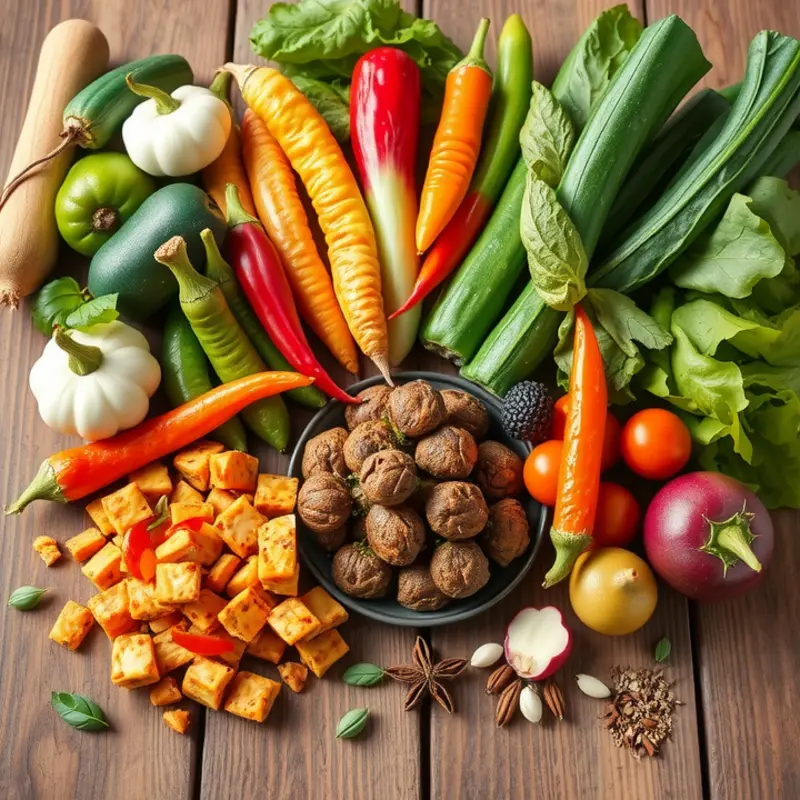Bitterness in vegetables can often be a hurdle for home cooks, affecting the enjoyment of healthy meals. While some bitterness is natural and even desirable in certain dishes, knowing how to manage it can elevate your culinary creations. With just a few techniques, anyone, from novices to seasoned cooks, can reduce unwanted bitterness in their produce. Dive into these practical methods to enhance flavors and create enticing, enjoyable dishes every time.
Understanding the Causes of Bitterness

Bitterness in vegetables can perplex even the savviest cooks. Understanding the reasons behind this flavor profile helps you manage and enhance taste. Several factors contribute to why some vegetables have a naturally bitter undertone, stemming from both their genetic makeup and environmental influences.
Cruciferous vegetables like broccoli and Brussels sprouts contain glucosinolates, sulfur-containing compounds that impart bitterness. These compounds serve as a defense mechanism against pests but can overwhelm your palate if not balanced properly. Cooking techniques such as roasting or blanching can help mellow these flavors, making the vegetables more palatable.
Similarly, cucumbers and zucchinis can turn bitter due to cucurbitacins, another group of naturally occurring chemicals. These compounds assert themselves when the plants face environmental stress, such as irregular watering or extreme temperatures. To mitigate bitterness, ensuring proper growing conditions or removing the vegetable’s skin can help since the compounds often concentrate there.
Eggplants are notorious for their bitterness due to the presence of solanine and other alkaloids. These compounds are most present in the seeds and skin. Salting the flesh allows you to draw out some bitterness along with excess moisture, leading to a more enjoyable taste and texture.
Interestingly, bitterness itself isn’t just about taste. It’s intertwined with our perception and can be influenced by individual sensitivities and genetics. Some people have a heightened sensitivity to bitter compounds due to variations in taste receptor genes, making them more prone to finding certain vegetables unpalatable.
It’s worth noting that this complexity in bitterness creates an opportunity to enhance other flavors. Pairing vegetables with complementary ingredients can offset bitterness while promoting balance. For example, sweet carrots can pair well with bitter greens, enhancing the overall dish with their natural sugars.
Lastly, your cooking method profoundly influences the bitterness of your produce. Roasting tends to caramelize vegetables, which can offset bitterness with natural sweetness. High-heat methods reduce the harshness of glucosinolates and other bitter compounds, while adding fats like olive oil can further mellow pungent tastes.
By comprehending these details, you can transform the way you approach cooking with vegetables. For additional flavor-enhancing ideas that don’t rely solely on salt, consider exploring this guide on flavor boosters, which delves into creative ways to bring out the best in your ingredients.
Practical Tips for Reducing Bitterness

Bitterness in vegetables can often deter even the most adventurous eaters. Fortunately, several techniques can significantly reduce this unwanted trait, transforming your meals into delightful experiences.
To begin, peeling can make a substantial difference. The outer layer of many vegetables, such as cucumbers and eggplants, contains compounds that contribute to bitterness. Removing these layers with a simple peel can enhance their sweetness and improve overall flavor.
Another effective method is blanching. This technique involves briefly boiling vegetables and then plunging them into ice water. Blanching works well for greens like kale or dandelion, which are notably bitter. This process leaches out the compounds responsible for bitterness, while the cold water stops the cooking process, preserving the vegetable’s texture and color.
Roasting is yet another friend in your anti-bitterness arsenal. The Maillard reaction, which occurs during the roasting process, reduces bitterness and enhances natural sweet flavors. A little olive oil, seasoning, and a hot oven can work wonders on Brussels sprouts and broccoli.
For stubbornly bitter vegetables like radicchio or endive, a soak in salt water can be remarkably effective. Salt draws out some of the bitter compounds, resulting in a mellower taste. After a 15-minute soak, rinse thoroughly to ensure the salt is not overpowering.
Some culinary traditions utilize acid to minimize bitterness. A squeeze of lemon juice or a dash of vinegar can provide balance, harmonizing the flavors on your plate. Acidity is particularly effective with root vegetables and leafy greens, offering a bright counterpoint to their natural bitterness.
Balancing flavors with fat can also be beneficial. Adding a touch of butter or a drizzle of olive oil can smooth the bitterness of vegetables such as collard greens or Swiss chard. Fats coat the tongue, reducing the perception of bitterness and amplifying other flavors.
Finally, consider employing the art of sweetness. A sprinkle of sugar, honey, or even maple syrup can counterbalance bitterness beautifully. This method works particularly well in vegetable dishes intended to be more savory-sweet, like glazed carrots.
Following these tips allows you to enjoy a wider variety of vegetables without the deterrent of bitterness. For those interested in further enhancing flavors without additional salt, explore alternative flavor boosters here. By mastering these techniques, you can create delicious dishes that highlight the best aspects of your ingredients, making every meal a flavorful success.
Final words
Reducing bitterness in vegetables opens up a world of culinary possibilities. By understanding the sources of bitterness and employing practical techniques, you can enhance the natural flavor of your produce and create delightful dishes. Whether it’s blanching greens, pairing with sweet ingredients, or utilizing acidity, each method offers a simple approach to make your cooking more enjoyable. Don’t shy away from using bitter vegetables; instead, embrace their unique flavors and learn to balance them creatively in your meals. Enjoy experimenting, and happy cooking!







